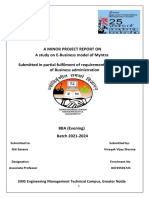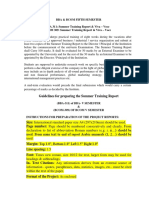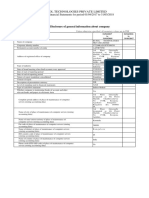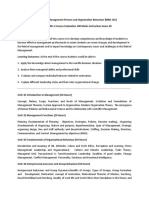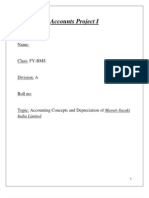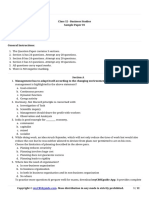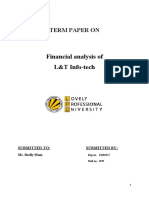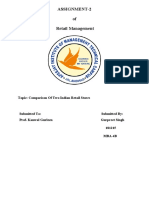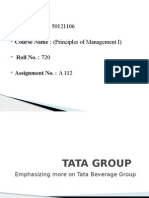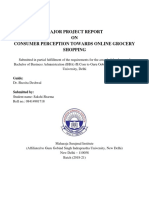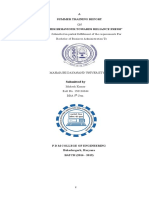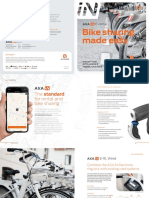0% found this document useful (0 votes)
3K views28 pagesSummer Training Report B.com Hons GGSIPU
This document is a summer training report submitted by Gaurav Rawat towards partial fulfillment of a Bachelor of Commerce degree. It includes sections on introduction to the industry and company, objectives and research methodology, data analysis and interpretation, findings, limitations, recommendations, and conclusion. The report was prepared during an internship at Honasa Consumer Private Limited and aims to develop a go-to-market strategy for the company.
Uploaded by
Gaurav RawatCopyright
© © All Rights Reserved
We take content rights seriously. If you suspect this is your content, claim it here.
Available Formats
Download as PDF, TXT or read online on Scribd
0% found this document useful (0 votes)
3K views28 pagesSummer Training Report B.com Hons GGSIPU
This document is a summer training report submitted by Gaurav Rawat towards partial fulfillment of a Bachelor of Commerce degree. It includes sections on introduction to the industry and company, objectives and research methodology, data analysis and interpretation, findings, limitations, recommendations, and conclusion. The report was prepared during an internship at Honasa Consumer Private Limited and aims to develop a go-to-market strategy for the company.
Uploaded by
Gaurav RawatCopyright
© © All Rights Reserved
We take content rights seriously. If you suspect this is your content, claim it here.
Available Formats
Download as PDF, TXT or read online on Scribd
/ 28























